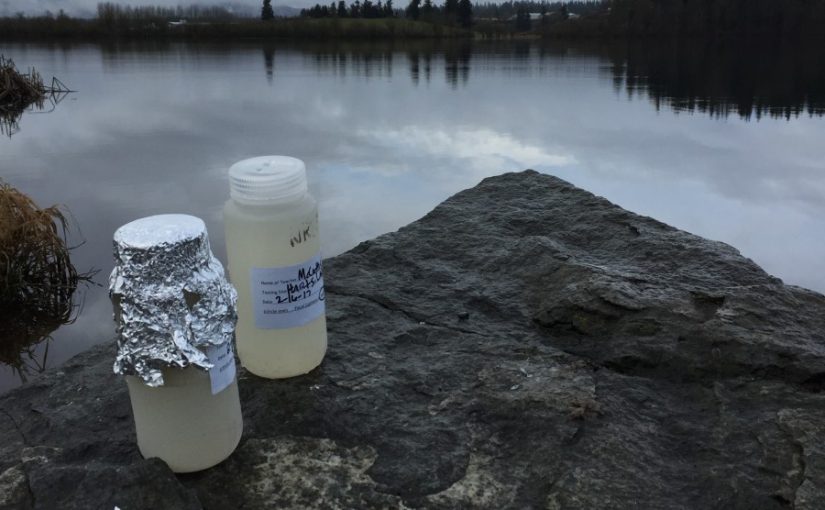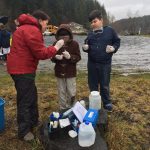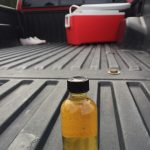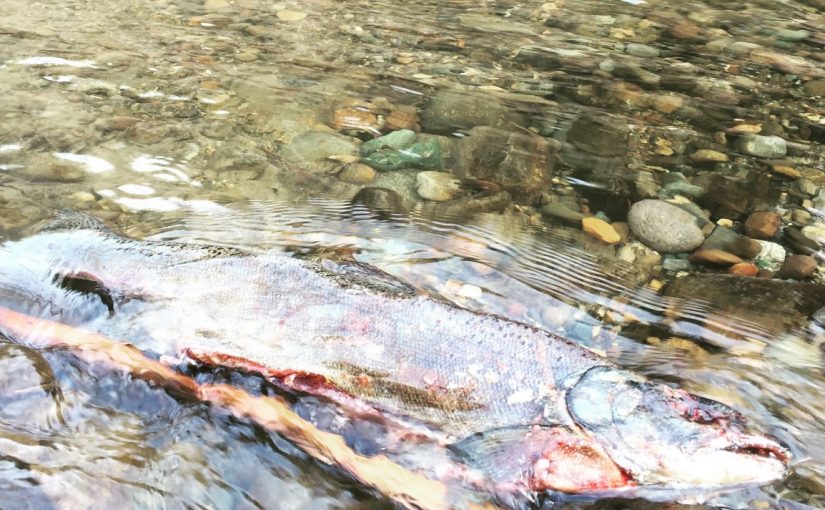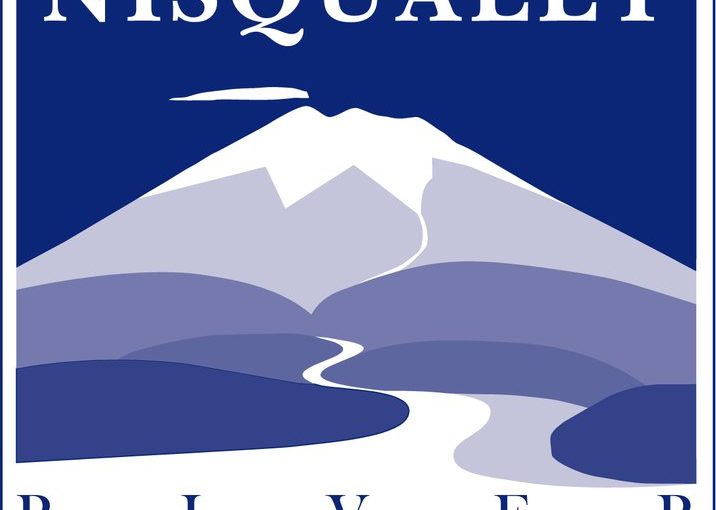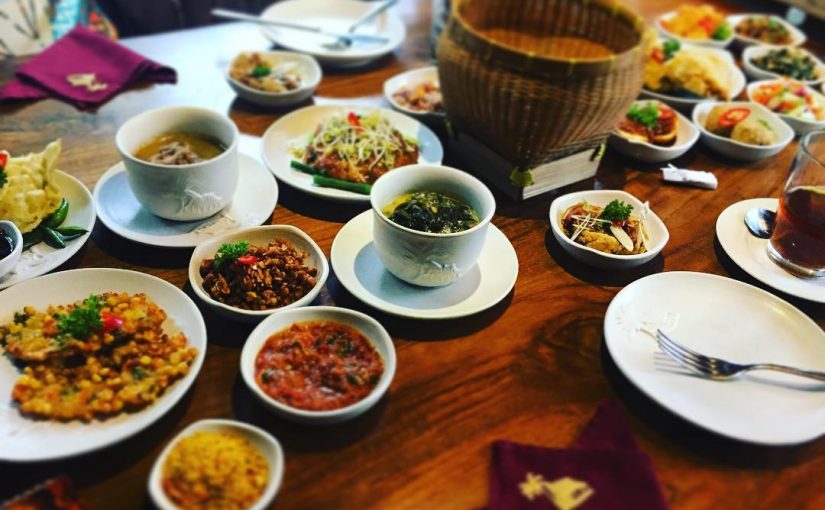“Triggering Passages”
“The over-riding fear is that cultural, ethnic, and racial differences will be continually commodified and offered up as new dishes to enhance the white palate – that the Other will be eaten, consumed, and forgotten” (Hooks 380).
“With our liberal instinct to avert one’s gaze from the intensely raced and exuberantly racist affect of these images, my guess is that at least some of those cards that our contemporary culture would deem as most offensive have been suppressed or destroyed; thus, we have no way of knowing the scale of the distribution of these images relative to what remains in archives and collections” (Tompkins 150).
News Media Context:
“Polar Bears and Climate Change: The Photographs That Moved Them Most”
Under the Endangered Species Act—which the Republicans in Washington have said they will seek to ‘modernize’—polar bears are listed as a threatened species. http://time.com/4684019/polar-bear-photos/?iid=sr-link1
Discussion:
Native peoples culture is at the constant risk of over commodification by Euro-Americans. Non-Native fisher people continually play this out though their reluctance to acknowledge the right of Native fisher people to exercise their treaty rights. Non-native fishers want to consume the fishing quota of Natives with the idea that all people deserve fair catch of all the fish; this nullifies and consumes the treaties of Native Americans. The first people will loose their entire culture with this consumptive thinking.
It is our greatest defeat, as a civilization, to incorrectly or creatively forgets our history, or the history of our oppressive society. As Tompkins pointed out we only covet historical artifacts, which incorrectly depict life and culture, while leaving out those extremely oppressive and racist artifacts. As liberals we want to help in the freeing of oppressed groups but we don’t want to acknowledge our own continued involvement in those systems.
The same way we conveniently leave out our own history, we also leave the histories of species behind. As a species we have seen the demise of countless species, without ever recording their life cycles. The biggest loss is those species, which are directly linked to the culture of certain people or groups. As we consume those cultures, we also consume those species. Both culture and species are lost to time, to be forgotten forever.
Works Citied
Grabriner, Alice. ” Polar Bears and Climate Change: The Photographs That Moved Them Most”. Time. February 27 2017: Page (1). www.time.com. Web. February 27 2017.
Hooks, Bell. Black Looks: Race and Representation. South End Press, 1992. Print
Tompkins, Kyla W. Racial Indigestion: Eating Bodies in the 19th Century. New York and London: New York University Press, 2012. Print

